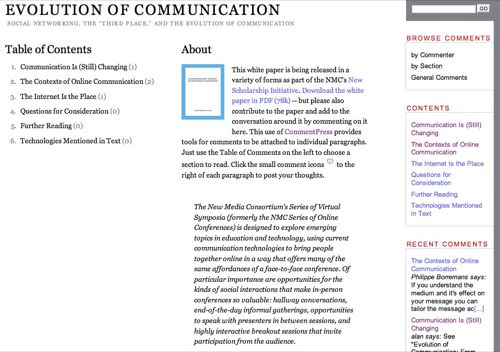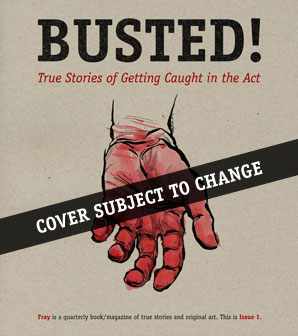Stephen quotes Michael’s summary of the D2L rubrics, specifically:
“Every competency has at least one learning objective under it. In turn, every learning objective has at least one assessment which is the actual instrument for checking to see if students have met the learning objective.”
And asks:
“But can the objectives of learning be reduced (for that’s what this is, a reductive process) to competences?”
To which I would deign to answer… they certainly can, but they certainly shouldn’t be.
I speak from some experience having worked with and alongside teachers working on what surely must hold the world record for the most competencies ever stuffed into a single course, the otherwise admirable Adult Migrant English Program.
So rammed with point, sub-point, sub-sub-point and paperwork is the program that the (often extremely experienced) teachers would shake their heads, randomly tick a few boxes (isn’t ‘satisfactory’ a great option) and, if at all possible, try to work around the nonsense into something vaguely resembling a decent learning experience.
It’s deadening, but, as and decent educational marketer knows it’s most of the time what the administrators and bureaucrats running education are after
Measurables… mmmm.
Schema… oooooooo.
Methodologies so prescribed as to ensure 100% accountability and control over these pesky, individual, disorganised, independent teachers… ahhhhhhh.
And as the teachers aren’t going to be making decisions about their OLE, CMS, VLE, LMS or WETFYWTCI, it makes perfect sense for D2L to go straight to the top and give them exactly what they want.
Now, I’m not saying that we shouldn’t have goals, or assessments, or that all curricula should be torn up and burnt in a pile as we dance round it whooping and drinking hard liquor (although that might be one sort of step forward ;) but for heavens sake, let’s not swamp teachers already weighed down by paperwork stuffed with this stuff with technology that is equally anti-learning.


 Today I have mostly been editing 80+ WordPress themes to include tags in them.
Today I have mostly been editing 80+ WordPress themes to include tags in them.